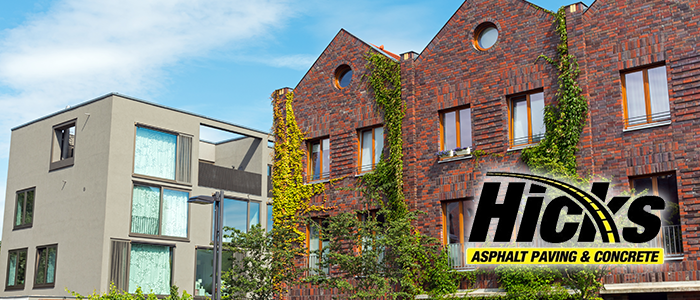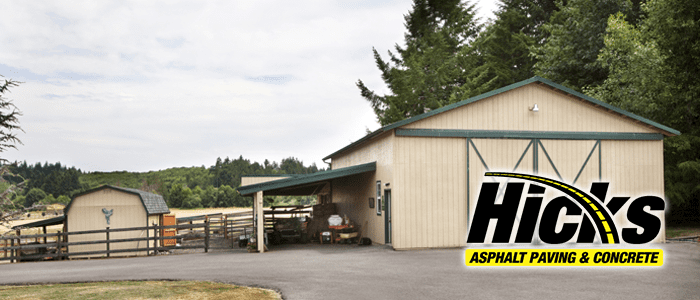Although bricks and concrete are very similar they do have significant differences – especially if you are talking concrete houses vs. brick houses. If you’re thinking about building a new house or building an addition to your current house, learning the differences between brick and concrete can help you make an informed decision. Learn about the important differences in these two building materials.
Brick
Bricks are most commonly used for masonry work. When it comes to choosing a masonry material, the price tag usually overwhelms the quality tag. Brick has been the go to masonry material for centuries. It is a fire-resistant, insect-proof, and weather-proof. Bricks have a high thermal mass, or ability to store heat.
They are also surprisingly sustainable and eco-friendly product, often made from materials that would otherwise be heading for a landfill and fully recyclable at the end of their life. The diverse and unique hues of the natural soil used in the production of red bricks and their mostly uniform shape makes them extremely adaptable to nice, complex designs. Brick is a very effective acoustically.
Traditional brick masonry requires more skill than concrete masonry, and may be much more difficult to do on your own. When bricks are exposed to weather changes they are prone to damages, such as chips, and nicks. They can also attain fungi when they absorb water, such as rain and snow. Brick itself is a relatively low-maintenance building material, thanks to its durability and color retention. Bricks come in a variety of colors, depending on their composition and the temperature at which they were made, but choices are limited compared to siding or stucco.
Concrete
Concrete is also quite strong, fire-resistant, insect-proof, and weather-proof. It prevents drafting and creates an airtight high-performing, energy-efficient home. It also limits air leakage, compared to wood frame construction. Air leakage is the most significant percentage of energy loss in a home. Concrete provides a healthy environment with fewer airborne allergens, mold, and toxins than a wood frame house.
Concrete is a very low maintenance material. It can effectively resist damage due to wind and heavy rains than a wood-frame wall. It will hold its shape and integrity for decades. Concrete is also wind and earthquake resistant. Concrete used in houses would be reinforced with steel. Since concrete can burn longer before structural failure, concrete homes can save homeowners costs. Many insurance companies offer policy discounts of up to 25% for concrete homes and their ability to withstand natural disasters such as fires, hurricanes or earthquakes.
This makes it six times the racking load resistance of a wood framed wall. In the joints, there is more potential for cracking where there are major changes in wall height, changes in wall thickness, and joints in slabs. The cost of building with concrete blocks can be higher than traditional frame construction. Money varies across time and regions, but they can cost up to three times as much as the 2x4s and drywall typically used for construction.
As we can see there are pros and cons for each of these. If you are building a house or buying one here are some things to think about. While bricks are highly durable, the mortar can be troublesome. Concrete can be quite expensive for building.





